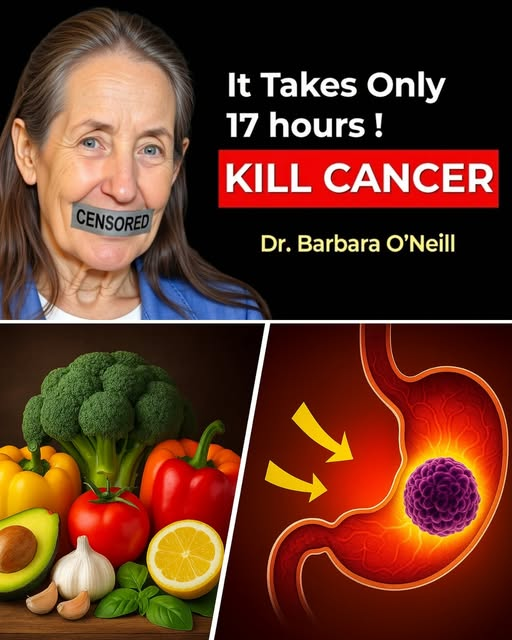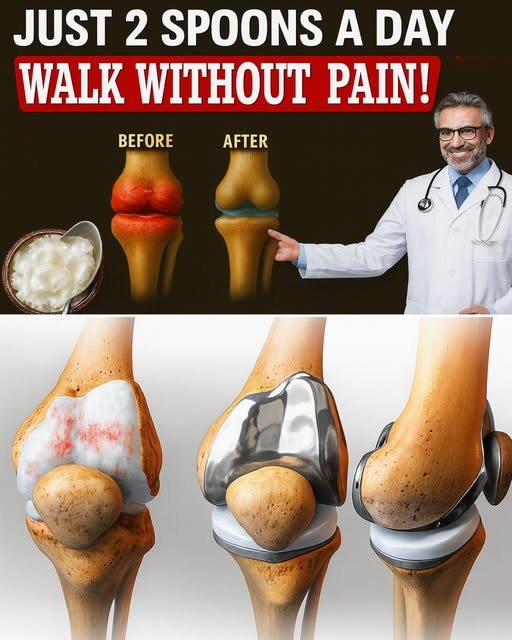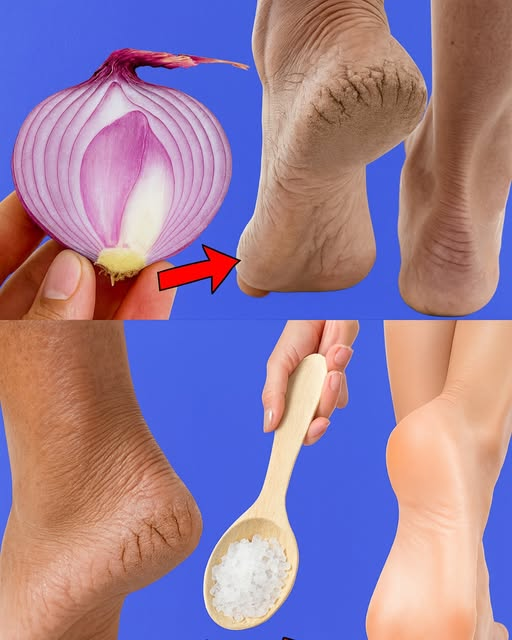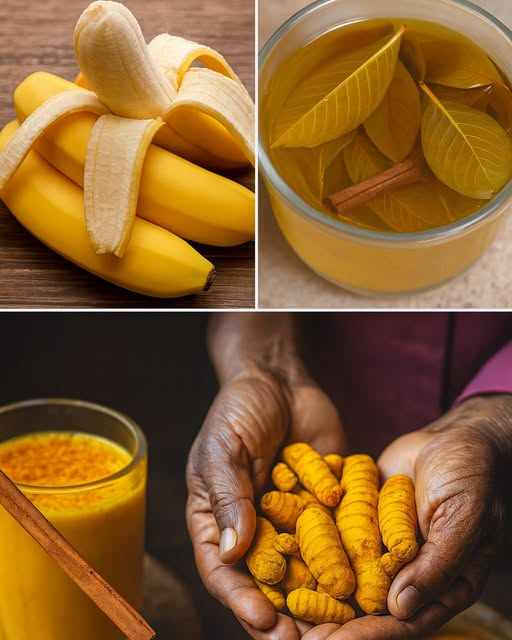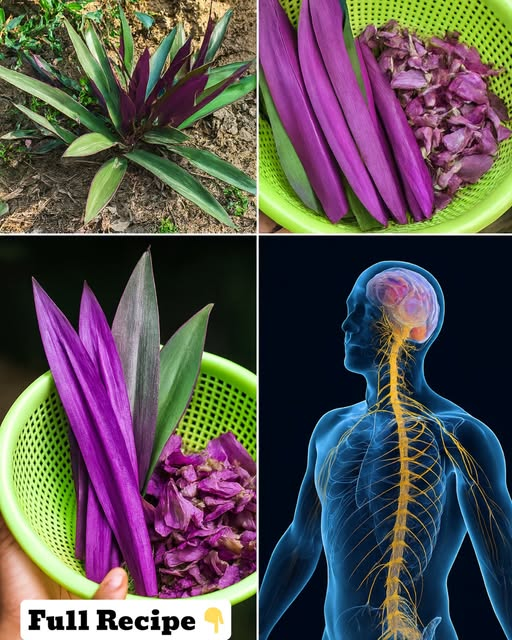Did you know that nearly 1 in 4 adults in the U.S. deals with varicose veins, according to the National Heart, Lung, and Blood Institute? Those twisted, bulging veins on your legs can cause aching, heaviness, or even embarrassment, making daily tasks like standing or walking feel draining. If you’re seeking relief without jumping to invasive treatments, natural approaches can make a real difference. Inspired by holistic experts like Barbara O’Neill, this guide explores seven evidence-based strategies to support vein health, reduce discomfort, and improve circulation. From simple exercises to dietary tweaks, you’ll find practical tips to ease symptoms and feel lighter on your feet. Curious how small changes can transform your leg health? Let’s dive into these gentle, effective methods to reclaim comfort and confidence naturally.
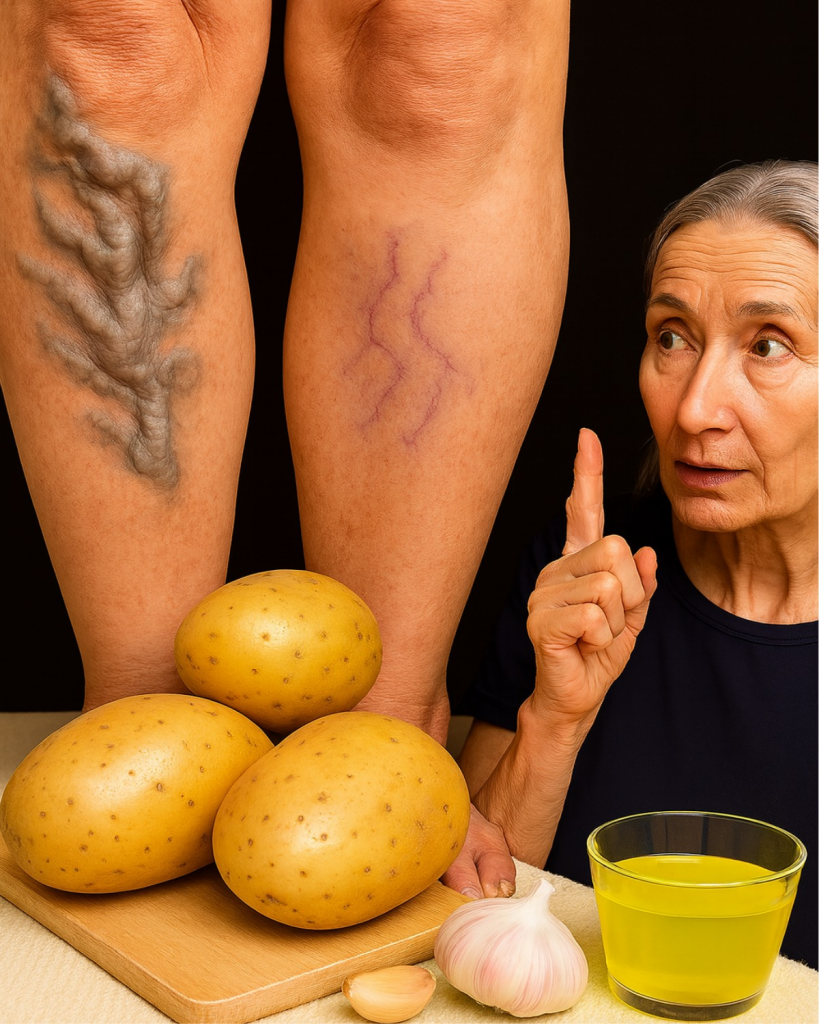
Understanding Varicose Veins
Varicose veins are swollen, twisted veins, often on the legs or feet, caused by weakened vein valves that allow blood to pool. This leads to visible blue or purple veins, aching, or a heavy feeling, especially after long periods of standing. Women over 50, pregnant individuals, and those with a family history are most at risk, per Mayo Clinic. While rarely dangerous, untreated cases can lead to complications like ulcers or clots. Understanding the causes—genetics, prolonged sitting, or obesity—helps you take proactive steps. Natural care focuses on improving circulation and reducing pressure, offering relief without risky procedures.
Keep Your Legs Moving for Better Circulation
Movement is a cornerstone of vein health. Active muscles, especially in the calves, act as a pump to push blood back to the heart, reducing pooling in veins.
Why It Works
Regular activity strengthens vein walls and improves blood flow, per a 2020 Journal of Vascular Surgery study. Low-impact exercises prevent worsening of symptoms.
Practical Tips
- Walk for 10–15 minutes every hour if you sit for long periods.
- Try calf raises: stand and rise onto your toes 10–15 times, twice daily.
- Swim or cycle for 30 minutes, 3–4 times a week, for gentle circulation support.
Real-Life Impact
Lisa, a 52-year-old nurse, added short walks during breaks and reported less leg heaviness after two weeks, per a 2024 health blog.
Why It’s Key
Consistent movement reduces discomfort and prevents vein progression, ideal for busy adults or seniors.
Elevate Your Legs to Reduce Pressure
Raising your legs above heart level eases vein pressure, helping blood flow back to the heart.
How It Helps
Elevation reduces swelling and discomfort, especially after standing, per Cleveland Clinic. It’s a simple, cost-free way to support veins.
How to Do It
- Lie on a bed or couch and prop legs on pillows for 10–15 minutes, 2–3 times daily.
- Avoid crossing legs while sitting to prevent restricted blood flow.
- Practice during evening relaxation or after long workdays.
Benefits for Daily Life
Regular elevation can reduce swelling and that heavy-leg feeling, boosting comfort for those on their feet often.
Pro Tip
Combine with deep breathing to enhance relaxation and circulation.
Wear Compression Stockings Wisely
Compression stockings gently squeeze legs, aiding vein function and reducing swelling.
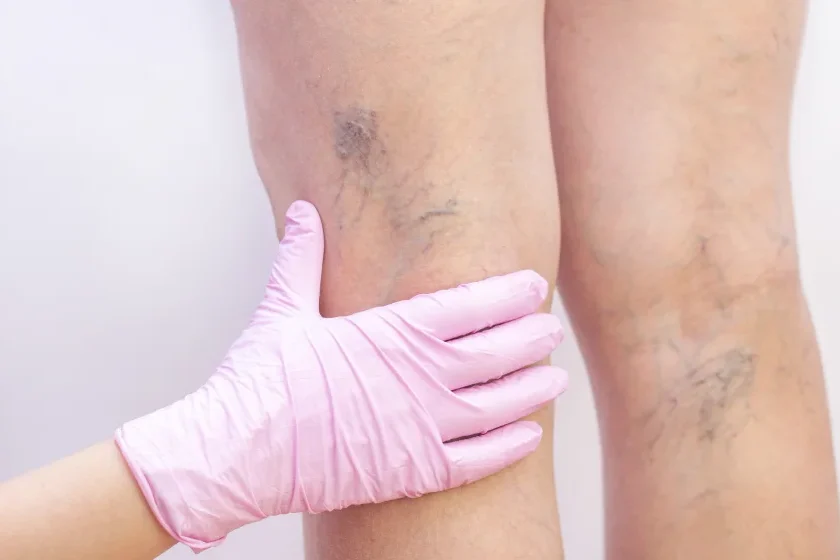
The Science
A 2018 Cochrane Database of Systematic Reviews study found that compression therapy improves symptoms like pain and swelling in mild to moderate cases.
When to Use
- Wear light-compression (15–20 mmHg) stockings during long sitting or standing periods.
- Use during travel to prevent swelling, per Mayo Clinic.
- Consult a doctor for higher compression levels if you have chronic venous issues.
Practical Advice
Choose knee-high or thigh-high stockings from reputable brands. Wear them in the morning before legs swell.
Why It Matters
Compression offers immediate relief, especially for teachers, retail workers, or travelers.
Eat a Vein-Friendly Diet
Nutrition plays a big role in strengthening veins and improving blood flow.
Key Nutrients
- Vitamin C (oranges, strawberries): Supports collagen for strong vein walls, per Harvard Health.
- Bioflavonoids (blueberries, citrus): Reduce inflammation, per a 2019 Nutrients study.
- Magnesium (spinach, nuts): Promotes muscle relaxation and circulation.
- Fiber (whole grains, beans): Prevents constipation, reducing vein pressure.
Sample Meal Plan
| Meal | Food | Benefit |
|---|---|---|
| Breakfast | Oatmeal with berries | Fiber and bioflavonoids |
| Lunch | Spinach salad with oranges | Vitamin C and magnesium |
| Snack | Almonds and an apple | Magnesium and fiber |
Case Study
Mark, a 60-year-old office worker, added more berries and greens to his diet and noticed less leg swelling after a month, per a 2023 wellness forum.
Why It’s Essential
A nutrient-rich diet supports long-term vein health, especially for those with weight or digestive concerns.
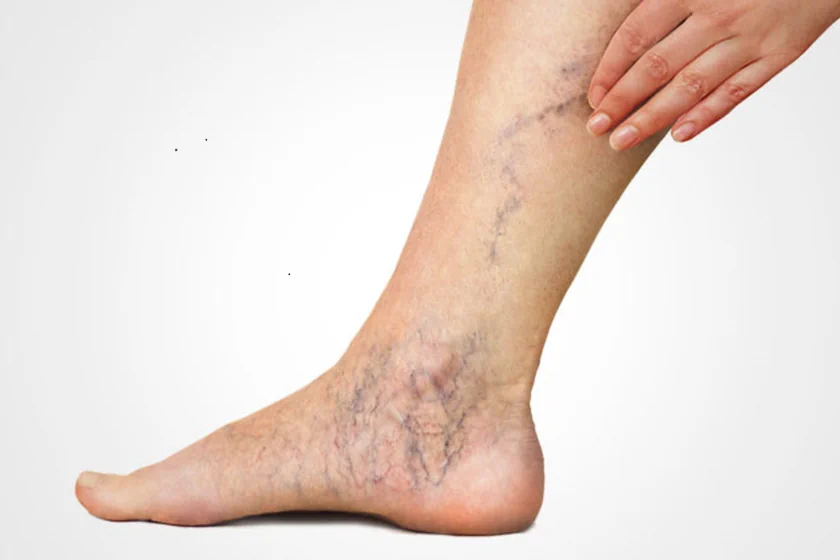
Try Herbal and Topical Remedies Safely
Certain herbs and topical treatments may ease varicose vein symptoms, but caution is key.
Evidence-Based Options
- Horse Chestnut Extract: A 2021 Cochrane Reviews study found it reduces swelling and itching in mild cases due to its compound aescin.
- Witch Hazel: Applied topically, it may soothe inflammation, per WebMD.
- Grape Seed Extract: Contains antioxidants that support vein strength, per a 2020 Phytotherapy Research study.
How to Use
- Take standardized horse chestnut supplements (300 mg daily) after consulting a doctor.
- Apply witch hazel with a clean cloth to affected areas twice daily.
- Avoid herbs if on blood thinners or with liver issues, per Mayo Clinic.
Why It’s Helpful
These remedies offer a natural complement to lifestyle changes, ideal for holistic health seekers.
Caution
Always check with a healthcare provider before using herbal supplements, especially with medications.
Incorporate Gentle Massage and Dry Brushing
Massage and dry brushing can boost circulation and relieve leg heaviness.
How It Works
Gentle upward strokes toward the heart stimulate blood and lymph flow, per a 2019 Journal of Lymphatic Research. Dry brushing exfoliates skin and may enhance circulation.
How to Do It
- Use light pressure with coconut or almond oil, massaging from ankles upward for 5–10 minutes daily.
- Dry brush with a soft-bristle brush before showering, using upward strokes.
- Avoid massaging directly over varicose veins to prevent irritation.
Real-Life Benefit
Emma, a 48-year-old cashier, reported less leg cramping after weekly dry brushing, per a 2024 health blog.
Why It’s Effective
These techniques are low-cost and relaxing, perfect for busy schedules or seniors.
When to Seek Medical Advice
While natural methods help, some symptoms signal the need for professional care.
Warning Signs
- Sudden swelling or redness in the leg.
- Persistent pain or sores near veins.
- Skin changes like hardening or darkening.
- Throbbing that worsens with activity, per Cleveland Clinic.
Medical Options
- Sclerotherapy: Injects a solution to close small veins.
- Laser Therapy: Non-invasive treatment for smaller veins.
- Surgery: For severe cases, per the National Heart, Lung, and Blood Institute.
Why It’s Important
Early intervention prevents complications like ulcers or clots, ensuring long-term leg health.
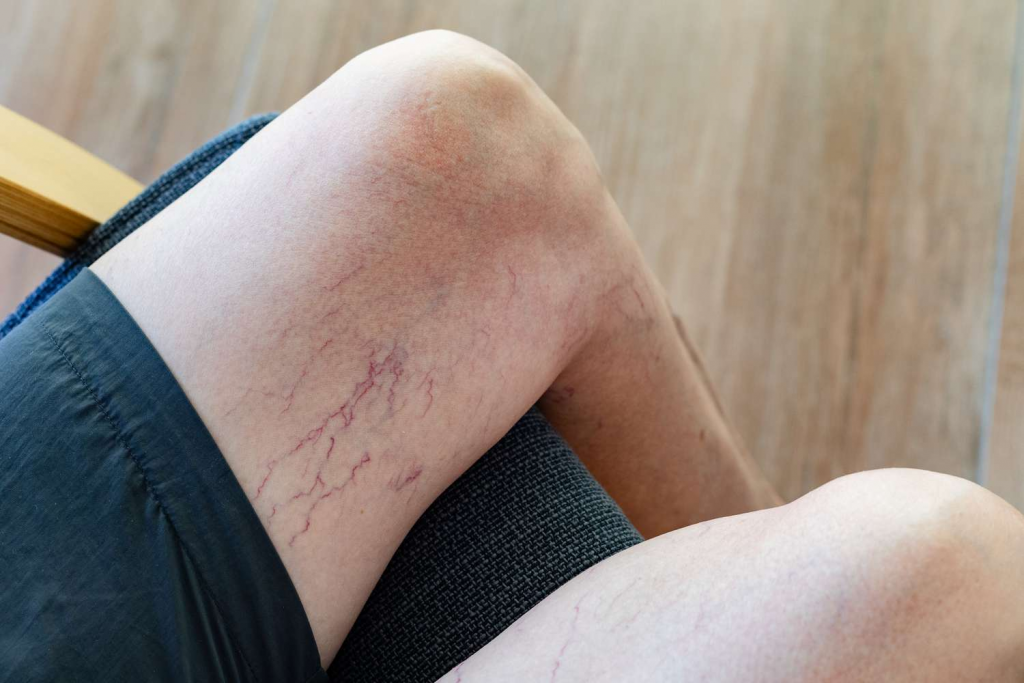
Conclusion
Can natural remedies help varicose veins?
Yes, movement, elevation, and diet can reduce discomfort and support circulation.
How often should I elevate my legs?
Aim for 10–15 minutes, 2–3 times daily, especially after standing.
Are compression stockings necessary?
They’re helpful for swelling but consult a doctor for the right type.
When should I see a doctor?
Seek help for sudden swelling, pain, or skin changes.
Varicose veins don’t have to limit your life. With simple habits like walking, eating nutrient-rich foods, and trying safe remedies like horse chestnut, you can ease symptoms naturally. Explore more wellness tips on our website to keep your legs strong and comfortable. Note: This content is for informational purposes only and does not replace professional medical advice.
